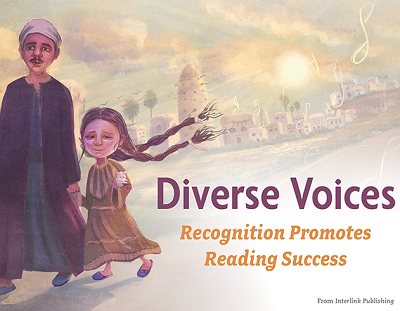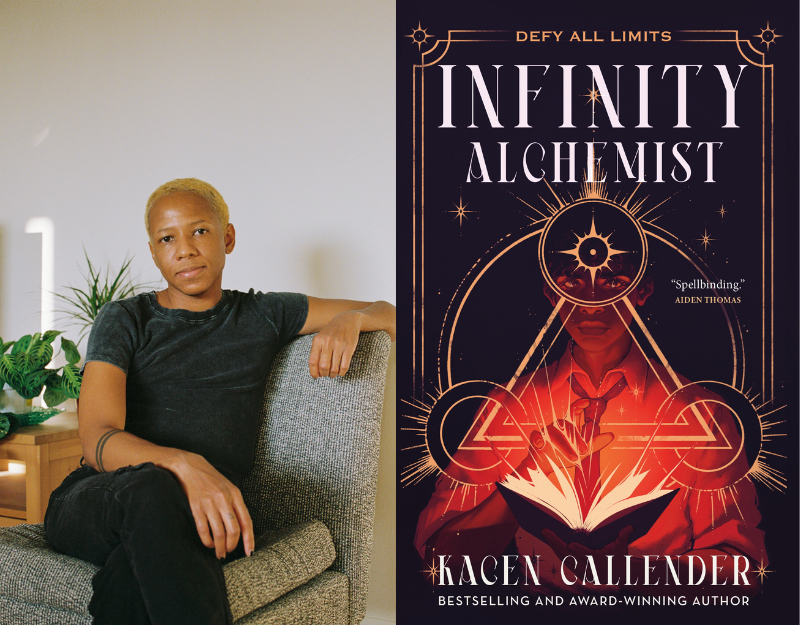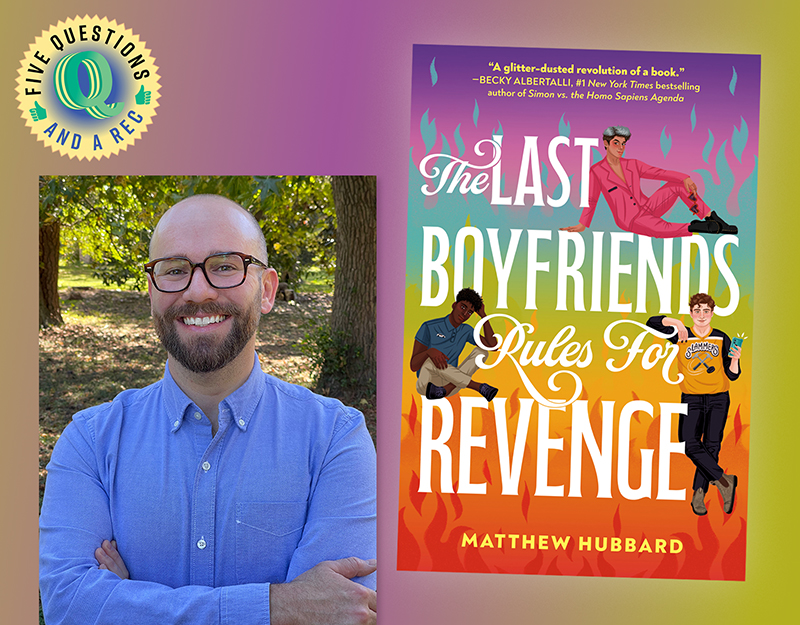Review of the Day: Not Quite a Ghost by Anne Ursu

Not Quite a Ghost
By Anne Ursu
Walden Pond Press (an imprint of Harper Collins)
$19.99
ISBN: 9780062275158
Ages 9-12
On shelves now
As a grown woman who reviews books for kids on the regular, I’ve picked up a trick or two in my time. For one thing, there are only so many stories out there to tell. To keep a sense of wonder in place, then, I like to dive into a book without knowing much about it apart from the author, the title, and what the cover looks like. I’m saying all this as a kind of weak excuse for why it took me as long as it did to figure out author Anne Ursu’s source material in her novel Not Quite a Ghost. It’s not like she hides it or anything. Right there in chapter one (more on chapter one in a minute) she describes a room with wallpaper that, “maybe once it had been bright yellow, but those days had passed long ago and now it had dulled and faded into something that was somewhere between mustard and vomit, or perhaps the color of an old bruise.” I mean, she might as well have hung a banner in the room reading, “We (Heart) Charlotte Perkins Gilman” and I still would have been a bit slow on the upswing. But once I did realize what Ursu was doing, it was too late. I was already so impressed with the writing, that there was hardly any room to be even more impressed with her literary references. Somehow, Ursu has managed to write a legitimately scary ghost story (sorta) that’s also about accusations of hysteria, invisible illnesses, and issues in middle school. Deft and accomplished, this book hits every button square on. And you don’t have to know a thing about The Yellow Wallpaper to enjoy it either.
Violet wasn’t 100% on board with her whole family moving into a bigger house, but she’d sort of come to terms with it. That is, before she saw her new attic room. Ugly? That doesn’t even begin to cover it. Covered in a sickly yellow wallpaper, it’s one of those rooms you simply don’t want to spend your nights in. On top of that, Violet’s friends at school are hoping to expand their friend group, much to her own chagrin. When a sleepover dare with those new friends turns into a full-blown illness, Violet doesn’t think much of it. But that illness doesn’t seem to be going away and tests aren’t revealing why. Will Violet ever get the help she needs if both her friends and her doctors think she’s faking? And now that she’s spending so much time in the creepy room, is there really something lurking behind the wallpaper? And is it something that wants her help or to hurt her even more?
ADVERTISEMENT
ADVERTISEMENT
This was a book I actually listened to on audio, and there are pros and cons to that method of reading. On the one hand, I get a lot more books read when I go that route. On the other, I worry that there might be details I’ll miss, or I won’t be able to properly appreciate the writing. If ever there was a book to alleviate those fears, it was this one. Folks, if you would ever like a crash course in how to write a first chapter, read the first chapter in Not Quite a Ghost. The chapter sets the scene, containing such sentences as, “A musty smell hjt her all at once, like a malodorous moat.” But for me, the kicker was the last few sentences in that chapter. Out of context, the final one still packs a punch: “Remember this when you think about who the villain is.” Sublime.
So let’s talk a little bit about how difficult Anne Ursu’s job is with this book. In her Acknowledgment section, Ursu mentions that she has been trying to, “figure out a way into this story for years.” Little wonder, since the author has to simultaneously make a multi-layered storyline that draws direct comparisons between women’s medical histories with what many women experience with the medical profession today WHILE ALSO writing a fun ghost story with a serious creep factor AND making it about middle school and changing friendships along the way. She must do all this, make the book coherent, and somehow keep the whole thing under 300 pages. I’ve tried to write middle grade novels before. You can have all the cool ideas and elements you want but unless you find a way to make the whole thing hang together in a comprehensive way, you’re just going to end up with random scenes with no throughline. OH! And while you’re at it, why not make the actual writing of the sentences thoughtful, memorable, and highly literary? Easy peasy, right?
Eventually I may just get to the point in this review where I’m just listing more things that I like. I like how the book acknowledges that it takes place in a post COVID-lockdown era. I like how the infection in Violet’s body mimics the infection in the house. I like that the color “Violet” and yellow (like the wallpaper) are complementary colors that normally cancel one another out. I like that a co-worker suggested this to a friend and that friend texted her back, “Ooo, it’s LITERARY!”. I like the relationship between the sisters. I like the fact that every time Violet watches a show it’s a real show (and usually one I watched with my own kids once too). I like that the book not only doesn’t shy away from its horror elements but doubles down on them. In short, I like a lot of things about it.
Naturally it can be difficult to keep oneself from comparing this book to other stories that are similar. It’s making obvious references to The Yellow Wallpaper by Charlotte Perkins Gilman, of course. For my part, though, what I kept thinking about was the movie “Inside Out. There are some distinct similarities. A girl moves into a new home with her family and has to deal with middle school dramas. Her mother keeps asking her silently (or not so silently) to be happy and so the girl stuffs down her real feelings to do so, with consequences. You see what I’m saying. Bookwise, it’s a little trickier to find stories that mimic this one. When I was 10 or so, I was obsessed with ghost stories. Good thing too, since I was living in the era of Betty Ren Wright, Willo Davis, Mary Downing Hahn (who is apparently still going strong all these years later) and Scholastic Book Club Apple paperbacks. Putting aside the whole causation/correlation debate (did I love ghost stories because I found them or did I find them because so many kids like me loved ghost stories?) I do feel a little bad for ghost story loving kids these days. They’re out there, but sometimes they can be a little tricky to find. Even encountering this book, I wasn’t sure if it was going to be yet another befriend-the-ghost story or defeat-the-ghost story. I am happy to report that it is clearly in the latter category. So if you’ve a kid who loves creepy, you gotta sell them on this book. Honestly, just have them read that first chapter again. After that, they can check out anytime they like, but they can never leave.
On the one hand, the true secret to Ursu’s books, as far as I’m concerned, isn’t just how good the writing is. It’s also the fact that these are books that a kid would actually want to pick up. Over the years Ursu has honed her skills, and one can’t help but wonder if it was all leading up to this point. Not Quite a Ghost gives readers a little bit of everything they’ve come to expect from kids’ novels, managing to keep the plot cohesive, coherent, and consuming along the way. With so many elements at play, you’d be forgiven for wondering if something weren’t bound to get lost. Nothing does. Not Quite a Ghost is masterful, referencing classic literature without ever turning itself into an inside joke for adults. But don’t just take my word for it. Read that first chapter for yourself. It’s like everything we’ve seen before, and wholly and entirely new, both at once. An adept and superb novel.
On shelves now.
Source:
Final copy sent from publisher for review.
Notes on the Book Jacket:
Just a quick note that I think artist James Firnhaber should have been allowed to lean ALL IN on the creep factor on this cover. Ursu’s description of the sheer overwhelming ugliness of the yellow wallpaper is so enticing and toxic that when you look at the benign rose-pattered niceness on display here, you’re really not getting the full effect. If I had to guess, Walden Pond Press’s sales team probably thought that true creepiness wouldn’t sell as widely as this banal mysterious version. They should take a cue from Scholastic. Those folks are going all in on the creepy and kids are there for it. This’ll probably sell more books, but I hope when it wins something nice and big like a Newbery, they re-release it in paperback with the truly icky, luscious horror book jacket it deserves. Then again, extra points to the person who made the actual book underneath the mostly violet jacket a bright yellow. Someone somewhere understood the assignment.
Filed under: Best Books, Best Books of 2024, Review 2024, Reviews
About Betsy Bird
Betsy Bird is currently the Collection Development Manager of the Evanston Public Library system and a former Materials Specialist for New York Public Library. She has served on Newbery, written for Horn Book, and has done other lovely little things that she'd love to tell you about but that she's sure you'd find more interesting to hear of in person. Her opinions are her own and do not reflect those of EPL, SLJ, or any of the other acronyms you might be able to name. Follow her on Twitter: @fuseeight.
ADVERTISEMENT
ADVERTISEMENT
SLJ Blog Network
One Star Review, Guess Who? (#211)
Kevin McCloskey on ‘Lefty’ | Review and Drawn Response
The Seven Bills That Will Safeguard the Future of School Librarianship
Take Five: Newbery Picks, Part Two
Gayle Forman Visits The Yarn!
ADVERTISEMENT








It really is impressive how tightly written this book is. I’ve been struck by the number of middle grade novels I’ve seen recently that are over 380 or even 400 pages! Under 300 pages is an easier sell to that group of kids who are capable but maybe not enthusiastic readers. When I booktalked this to a class of 4th graders last week, they checked out both our book & audio copies.